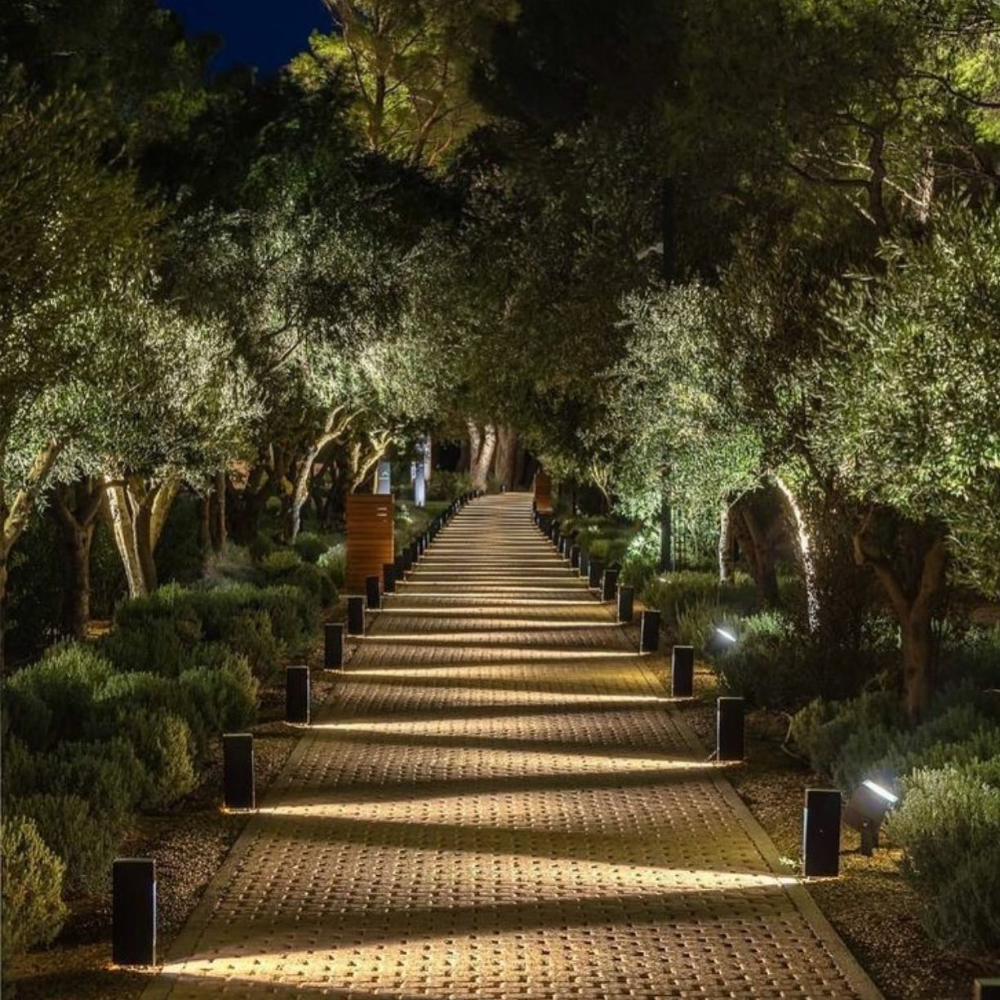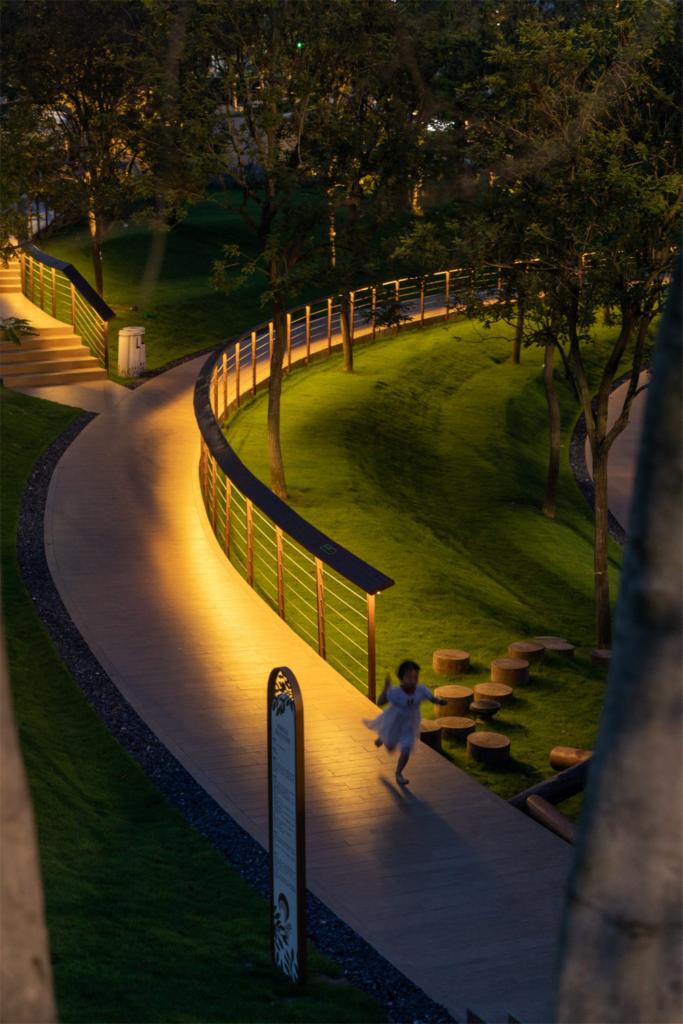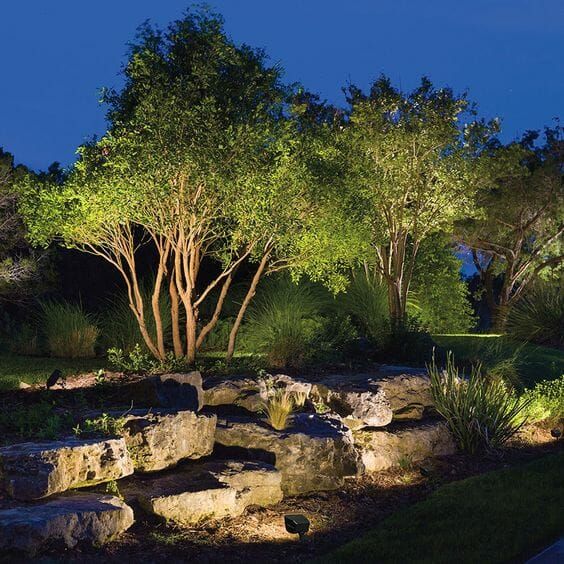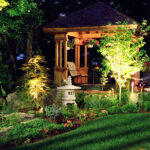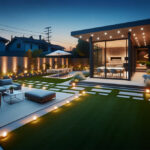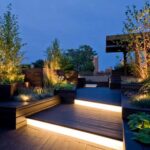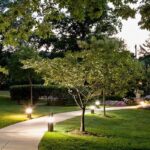Landscape lighting design plays a crucial role in enhancing the beauty and functionality of outdoor spaces. Properly designed lighting can transform a dull and drab landscape into a captivating and inviting setting. By strategically placing lights, different areas of the landscape can be highlighted, creating depth and visual interest. Whether illuminating a pathway, accentuating architectural features, or showcasing plants and trees, landscape lighting design can greatly enhance the overall ambiance of an outdoor space.
One of the key considerations in landscape lighting design is the type of lighting fixtures to use. There are a wide variety of options available, including spotlights, floodlights, path lights, and deck lights, each serving a specific purpose. Spotlights are great for highlighting focal points such as trees or sculptures, while path lights can safely guide visitors along walkways. Floodlights are ideal for illuminating larger areas, such as a backyard or garden. By strategically choosing the right combination of lighting fixtures, a designer can create a cohesive and balanced lighting scheme that enhances the overall aesthetics of the landscape.
In addition to choosing the right fixtures, the placement of the lights is crucial in landscape lighting design. By carefully positioning lights at different angles and heights, a designer can create dramatic shadows and highlights that add depth and dimension to the landscape. Lighting should be layered to provide both ambient illumination and task lighting for specific areas. By creating a well-balanced lighting scheme, different parts of the landscape can be highlighted during the day and night, creating a visually stunning outdoor environment.
Another important aspect of landscape lighting design is the selection of the right light sources. LED lights are a popular choice for outdoor lighting due to their energy efficiency, long lifespan, and durability. LED lights come in a variety of color temperatures, allowing designers to create different moods and atmospheres. Warm white lights can create a cozy and intimate feel, while cool white lights can lend a more contemporary and modern vibe to the landscape. By selecting the right light sources, a designer can achieve the desired lighting effects while minimizing energy consumption and maintenance costs.
Properly designed landscape lighting should also take into account safety and security concerns. Lighting pathways, steps, and entrances helps to prevent accidents and improve visibility at night. By illuminating dark areas around the house, landscape lighting can also deter intruders and enhance the security of the property. Motion-sensor lights can be used to provide additional security by turning on when someone approaches the area. By integrating safety and security features into the lighting design, homeowners can not only enhance the aesthetics of their outdoor space but also ensure the well-being of their family and guests.
Overall, landscape lighting design is an essential element in creating a visually stunning and functional outdoor space. By carefully selecting the right fixtures, positioning the lights strategically, choosing the appropriate light sources, and considering safety and security concerns, designers can create a lighting scheme that enhances the beauty and usability of the landscape. Properly designed landscape lighting can transform a mundane outdoor space into a magical and inviting retreat that can be enjoyed day and night.
